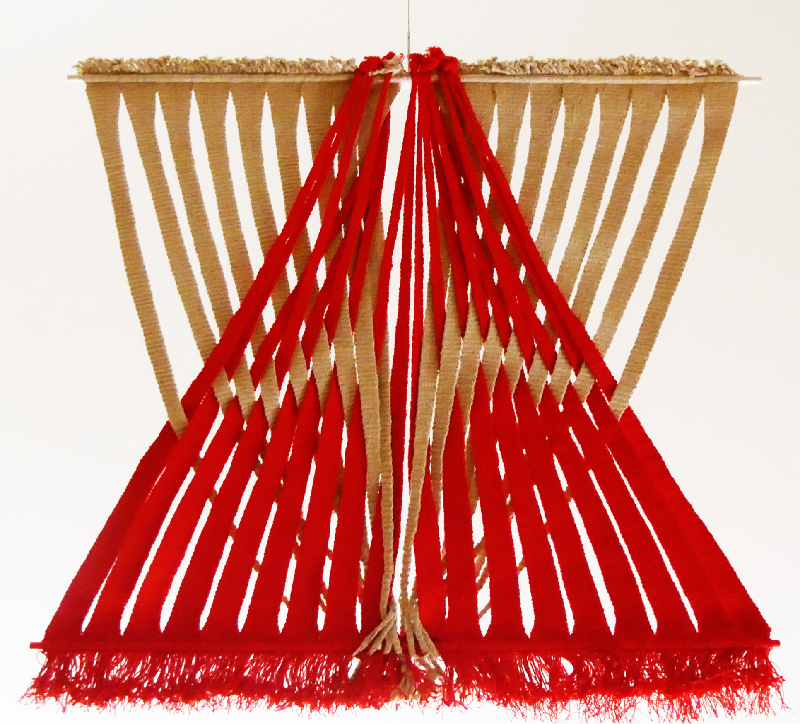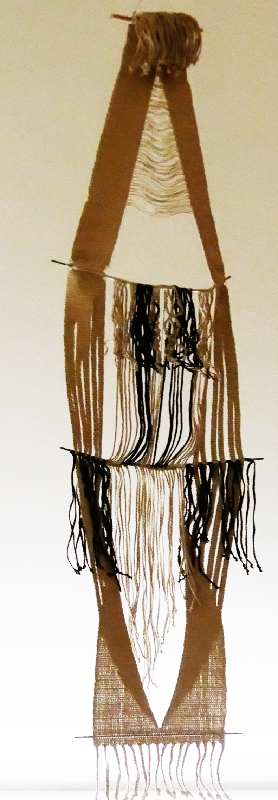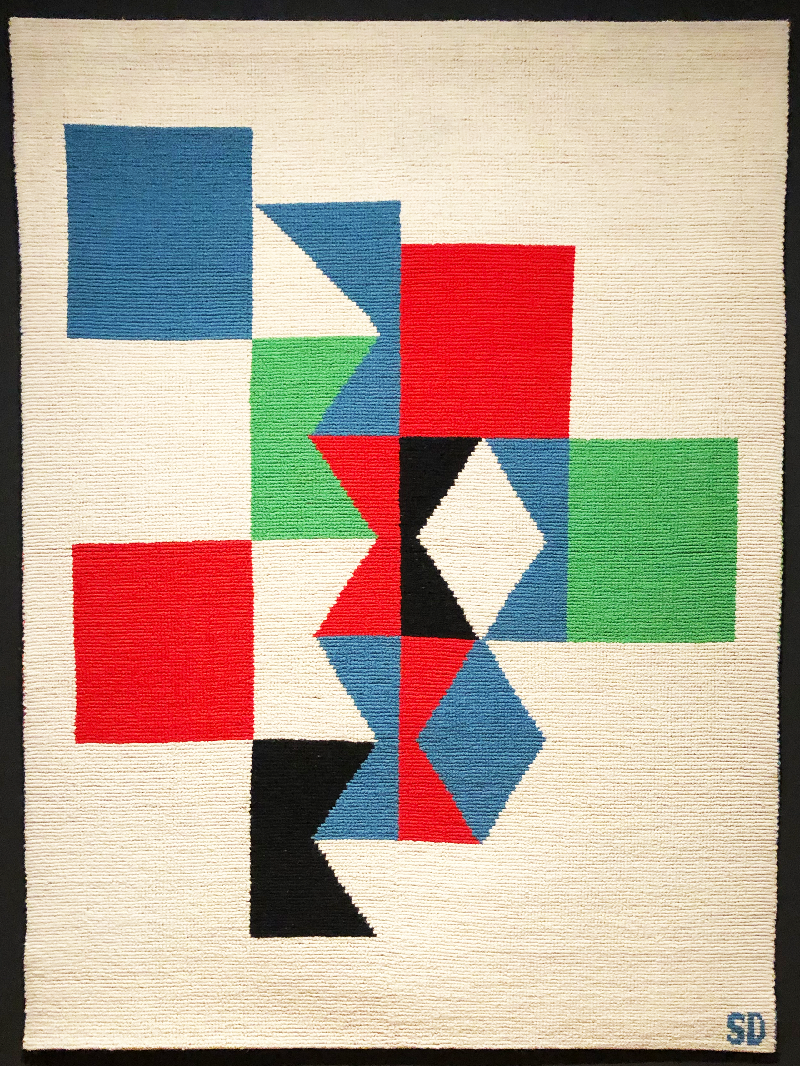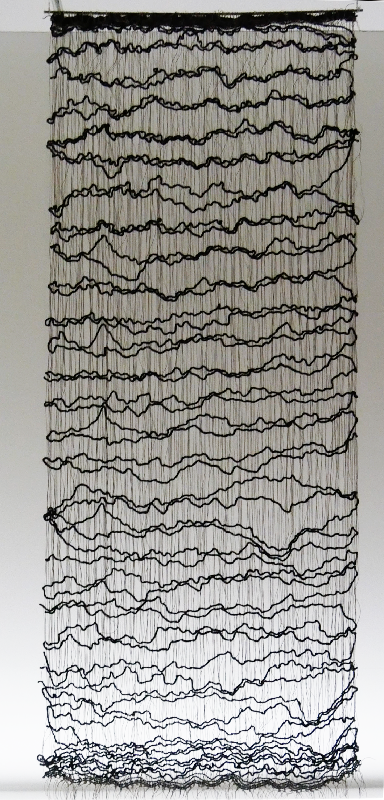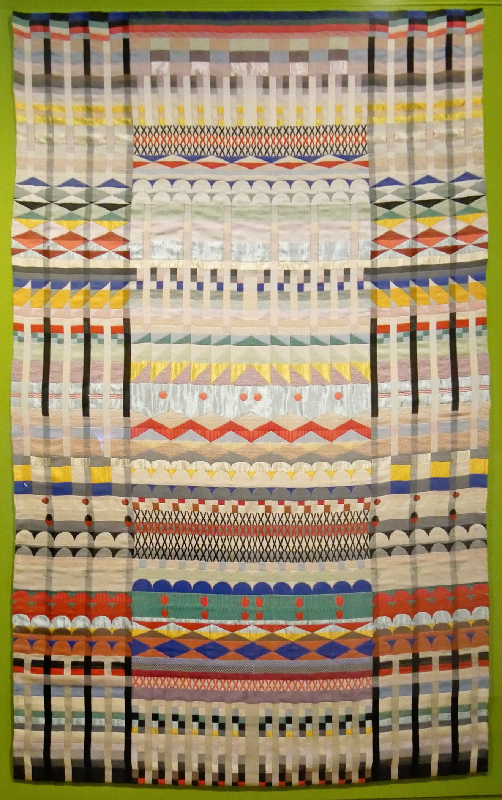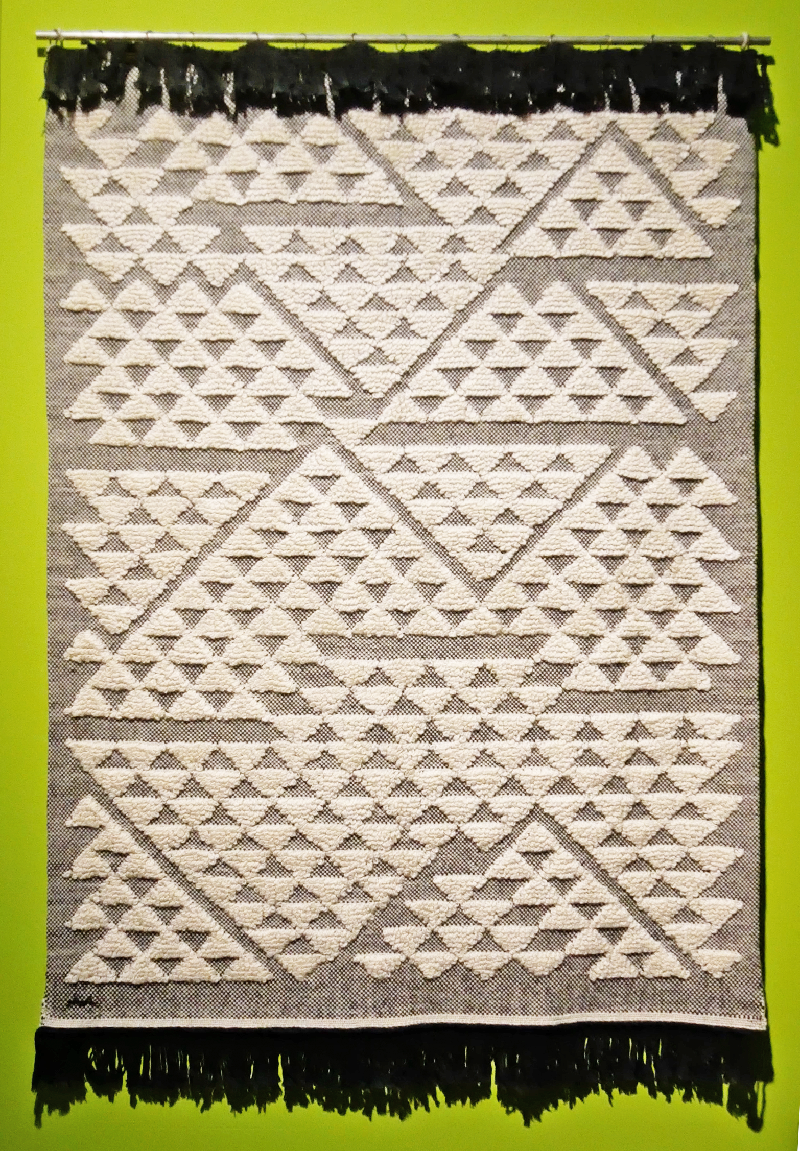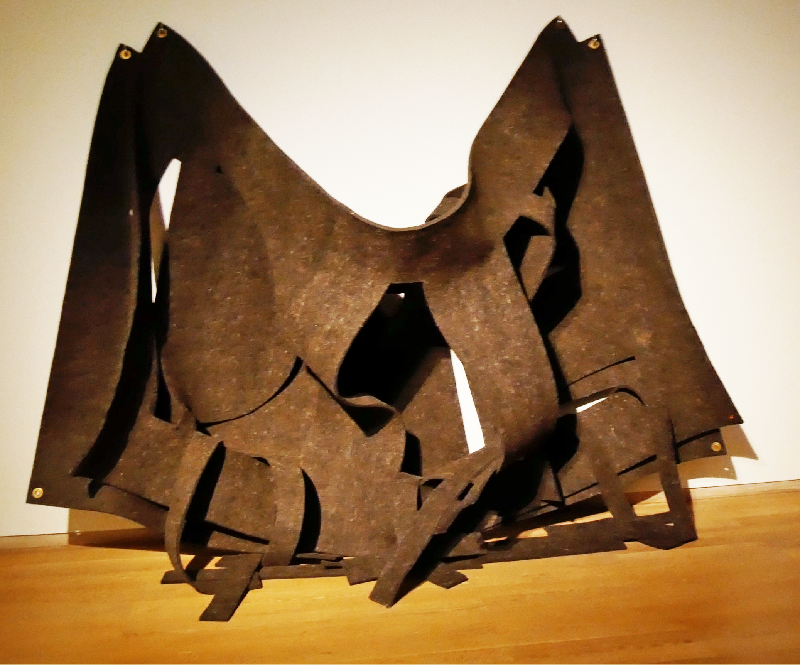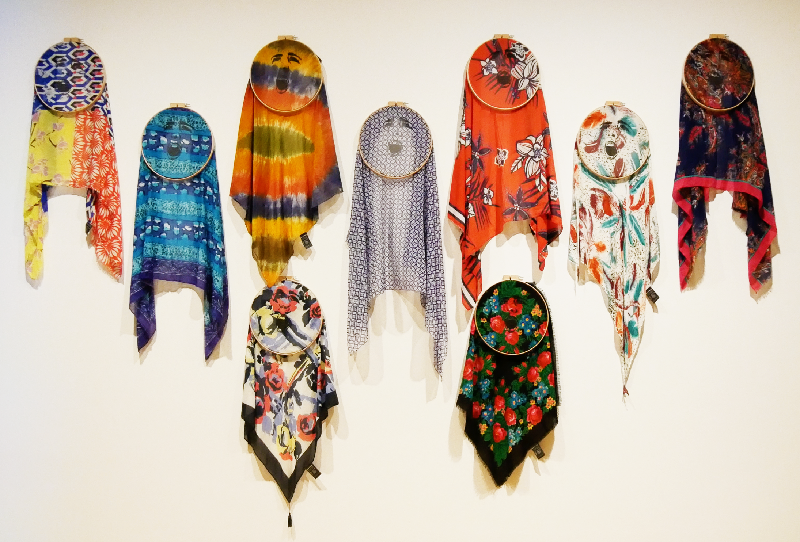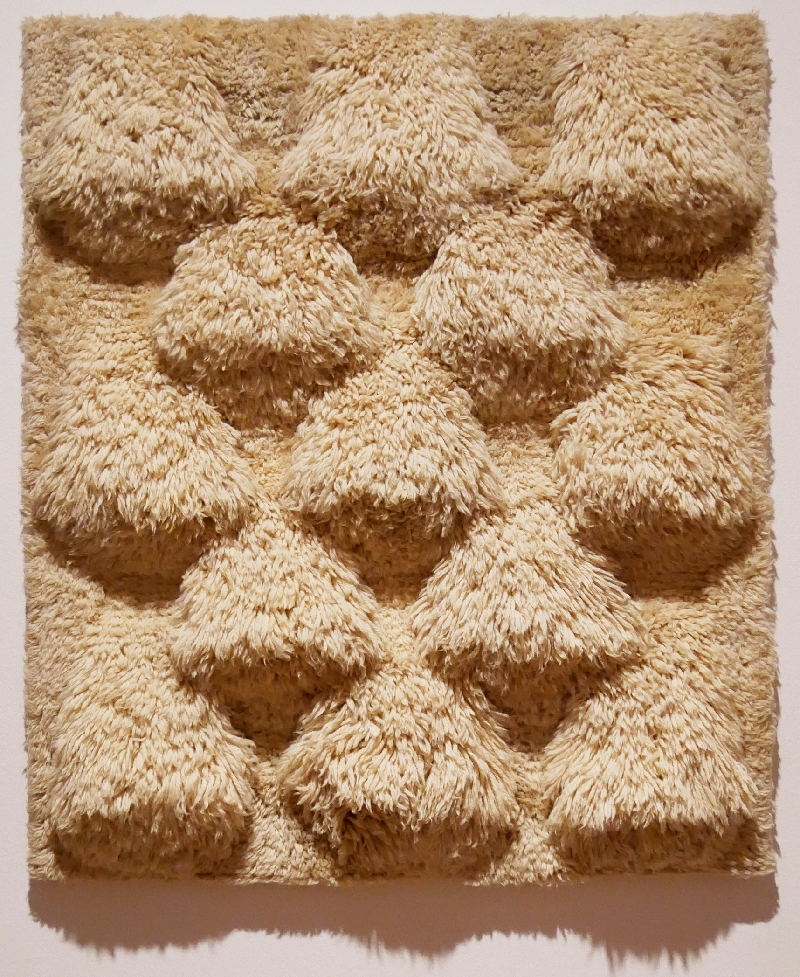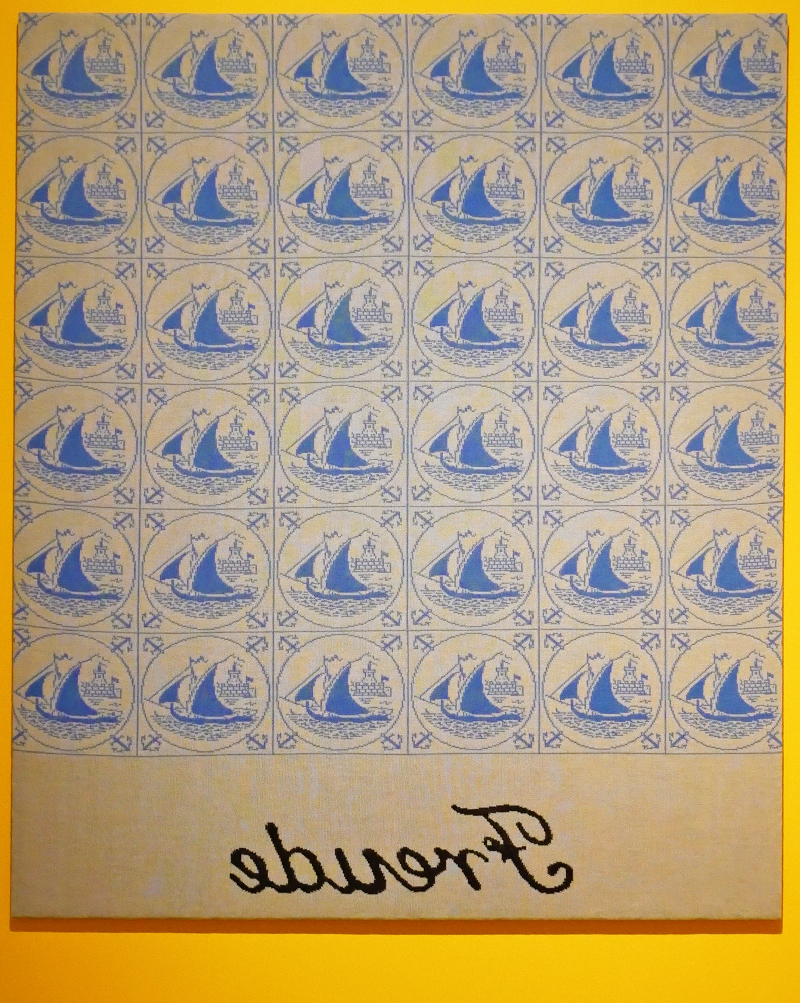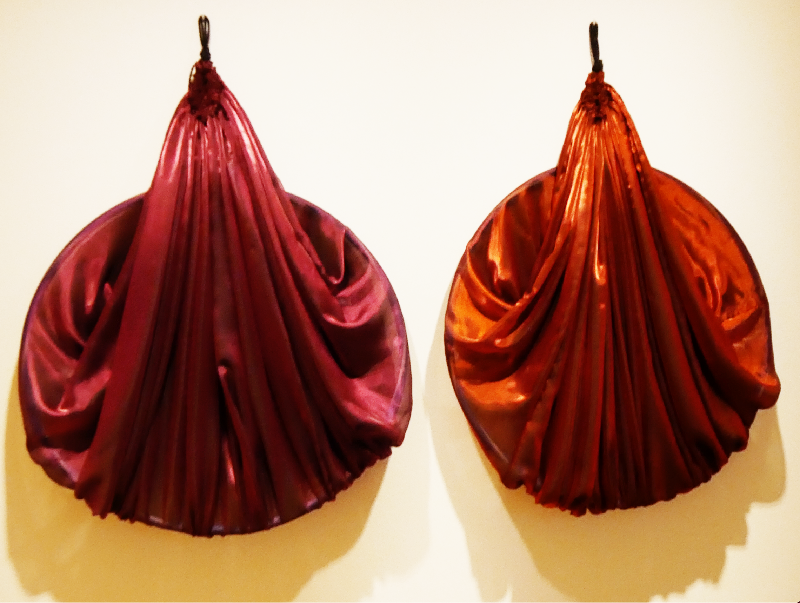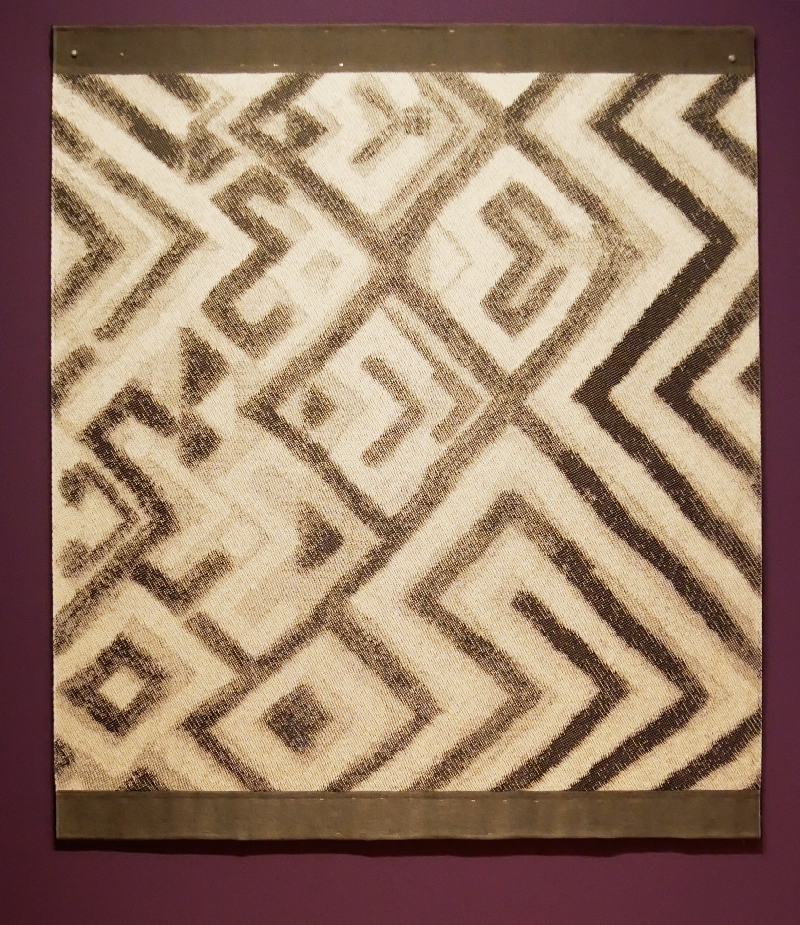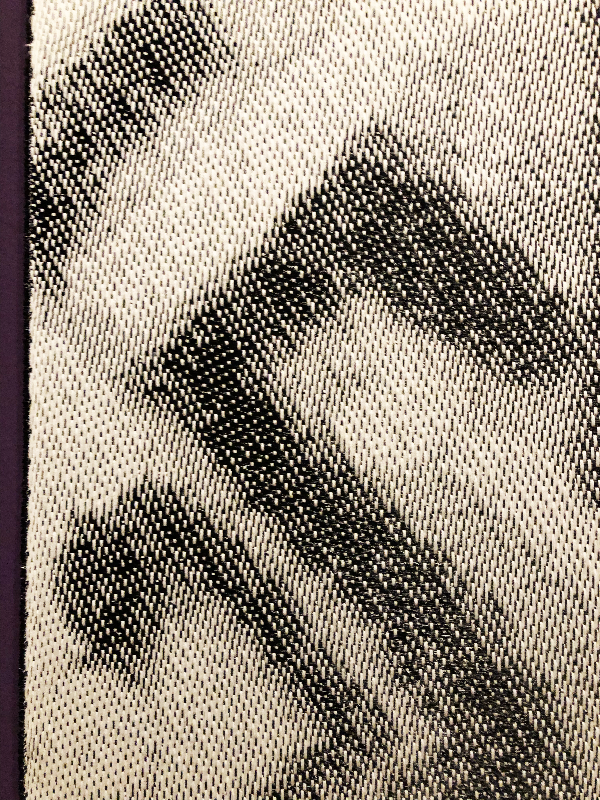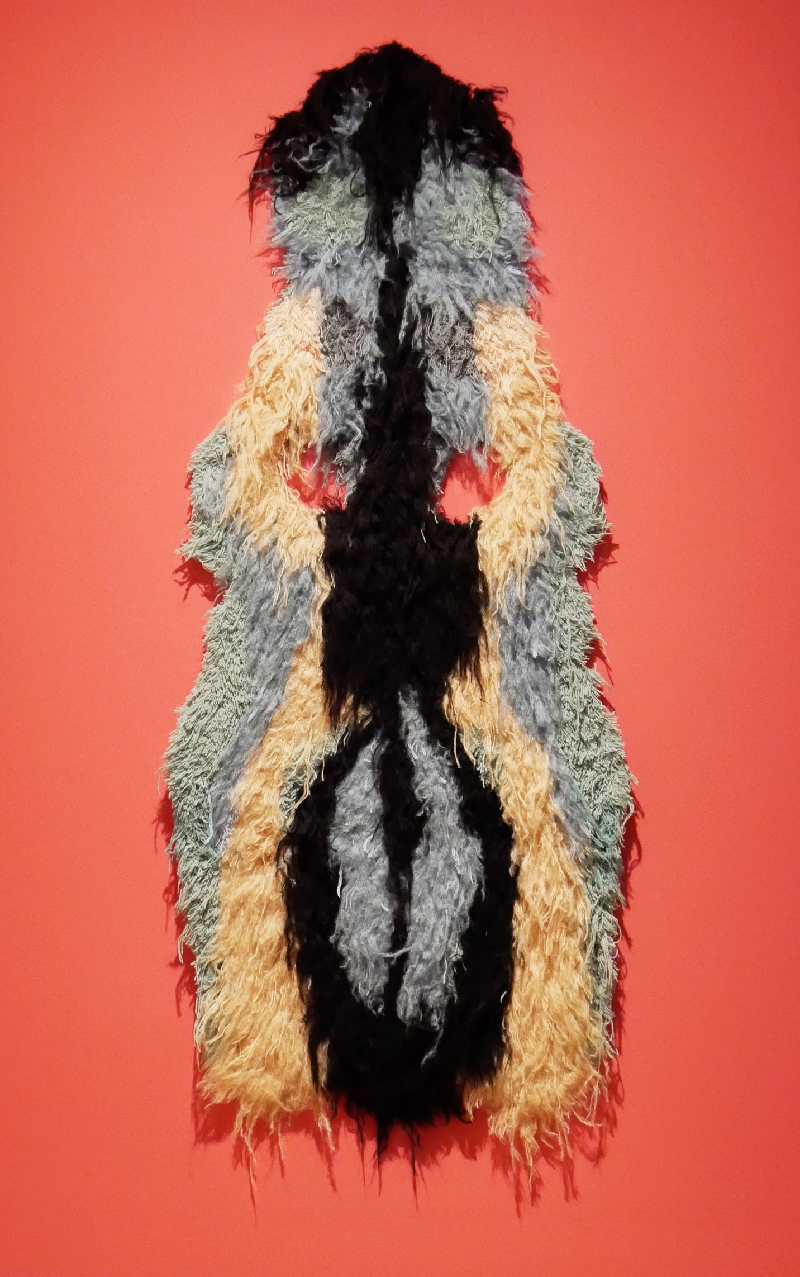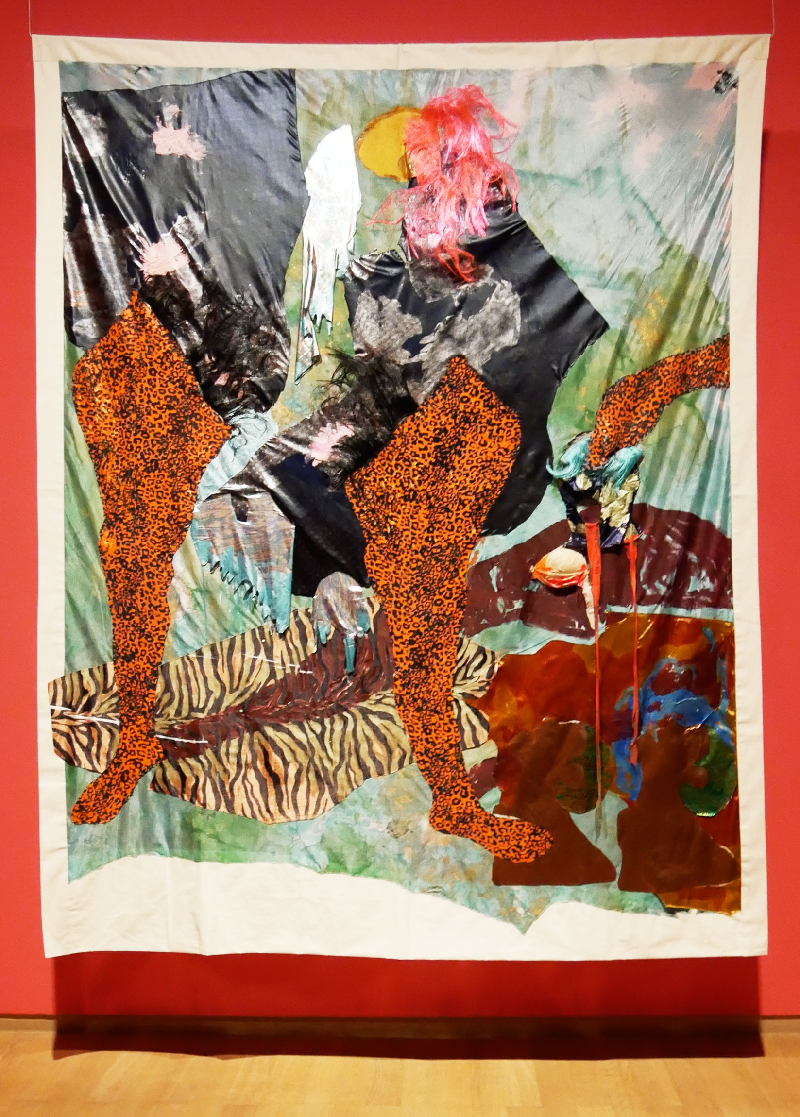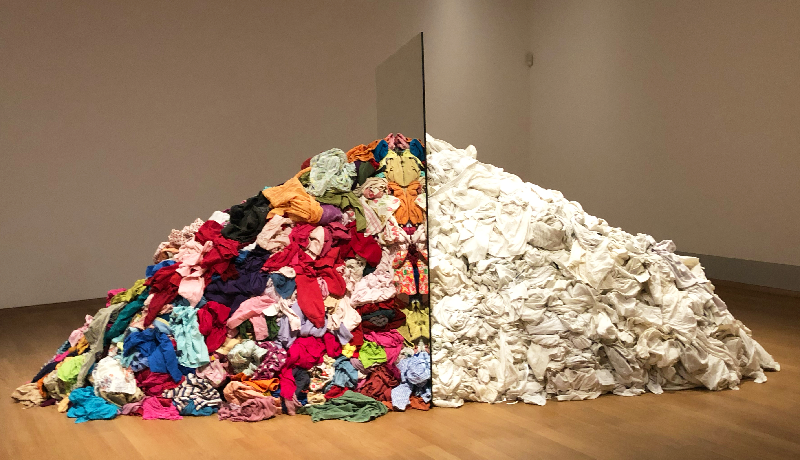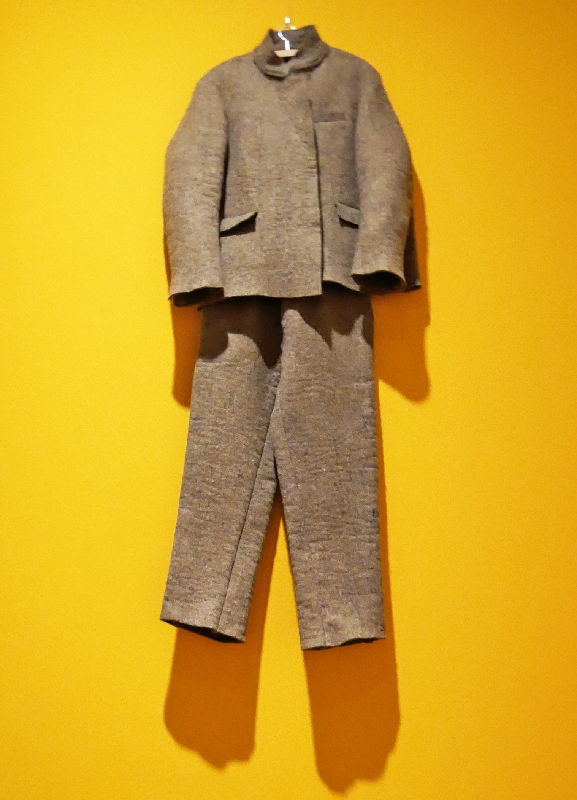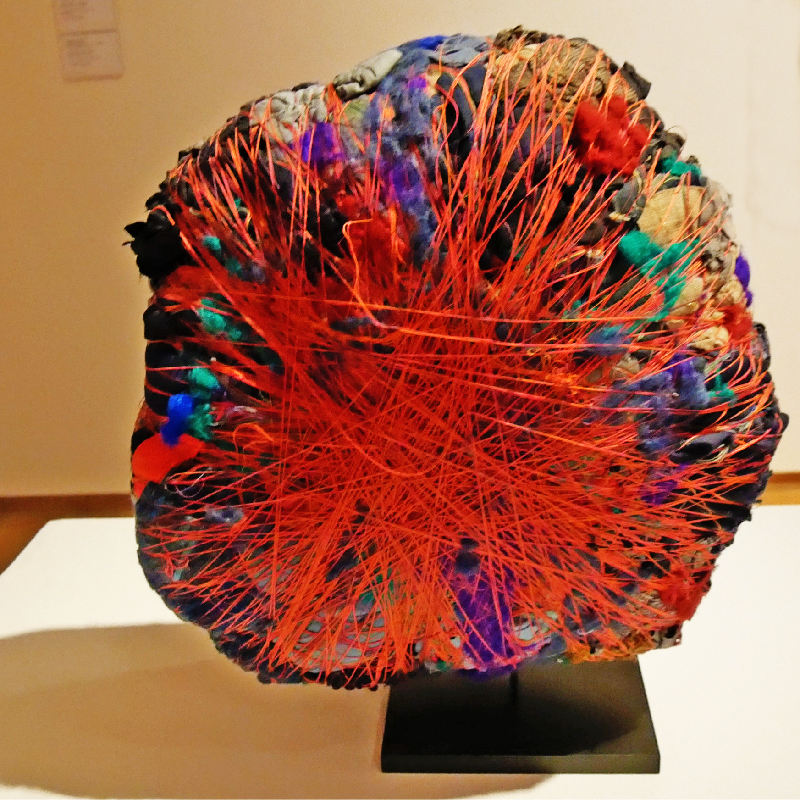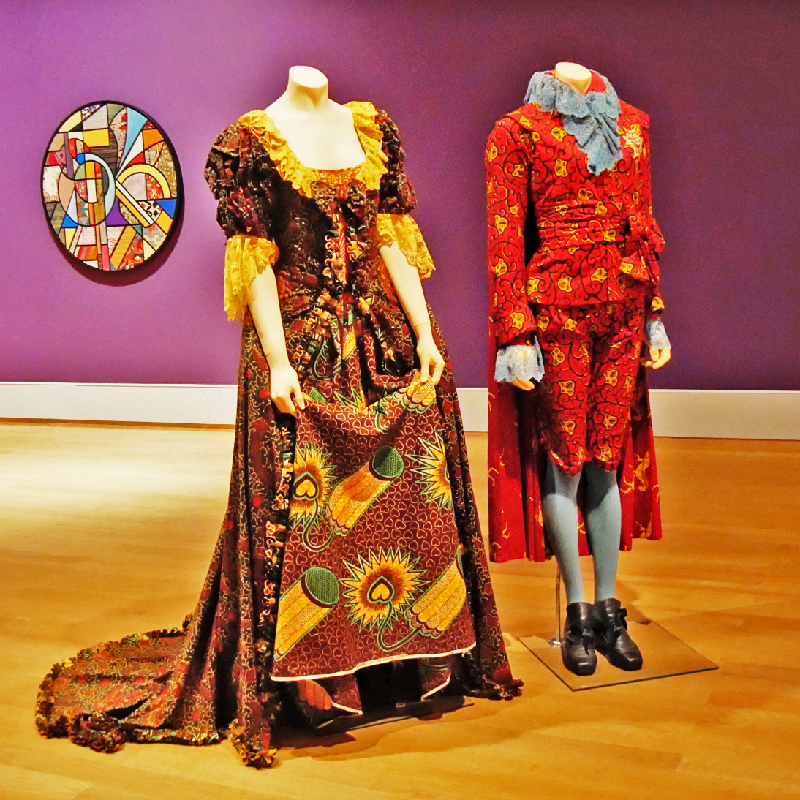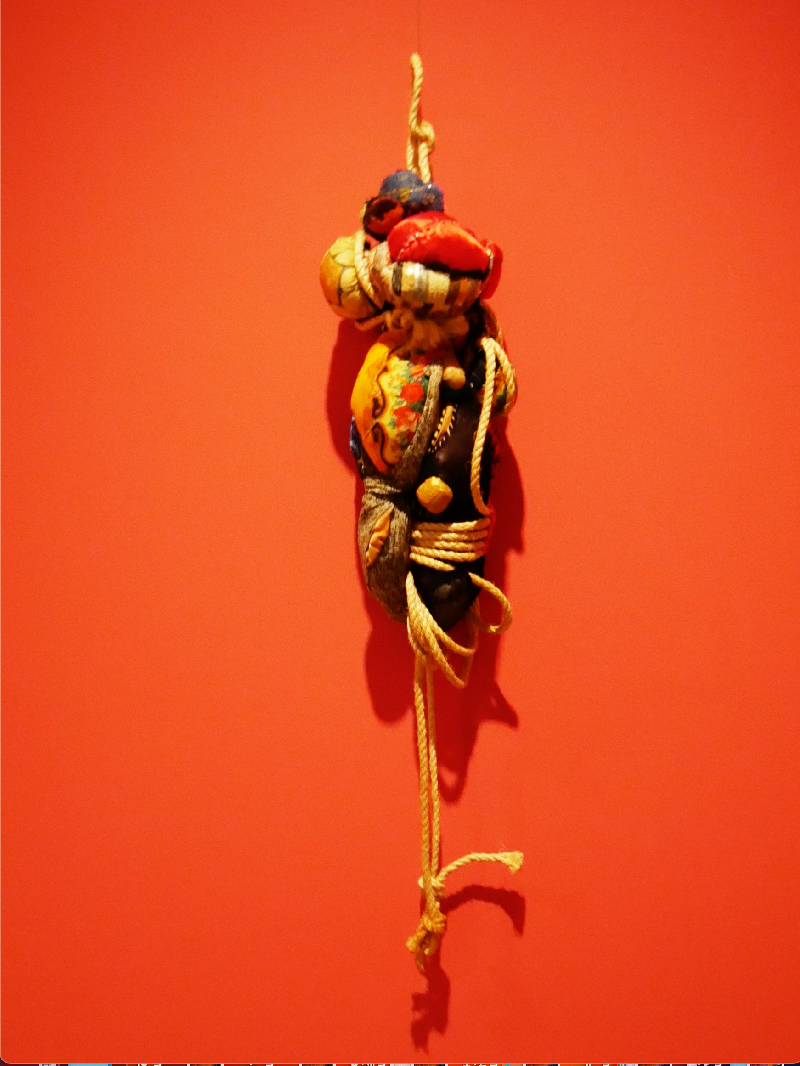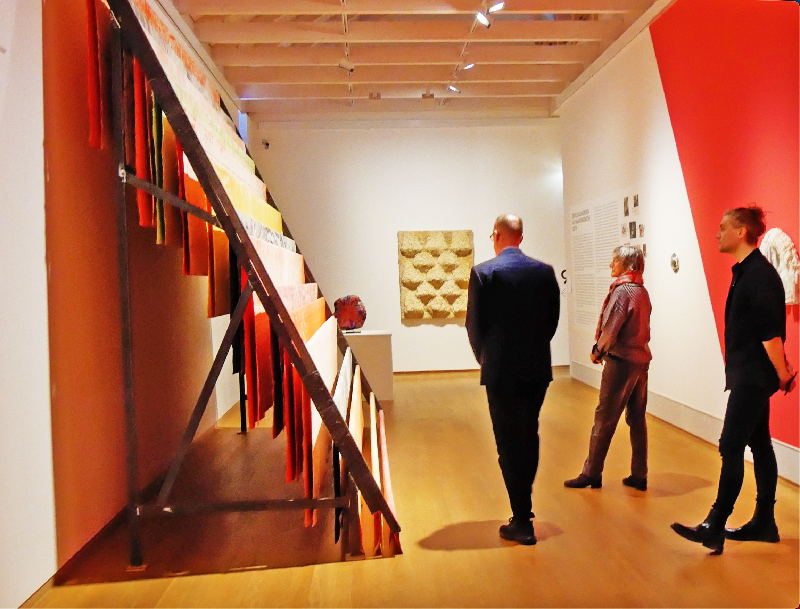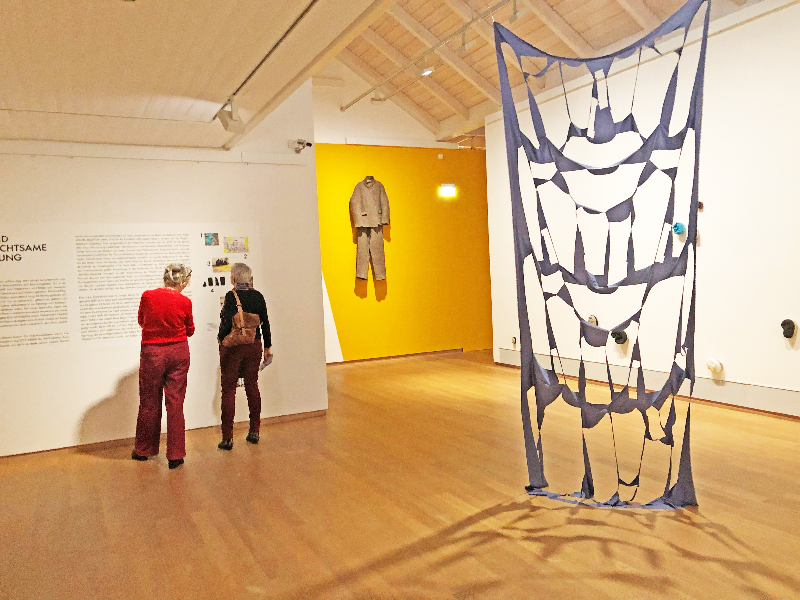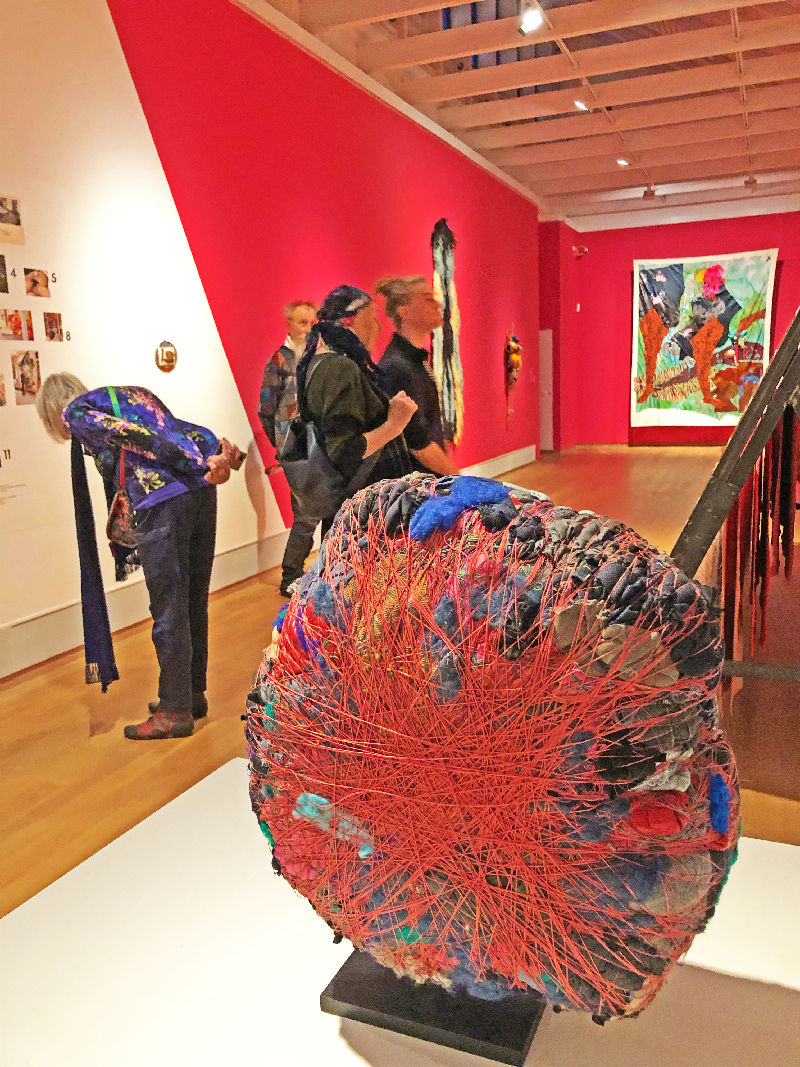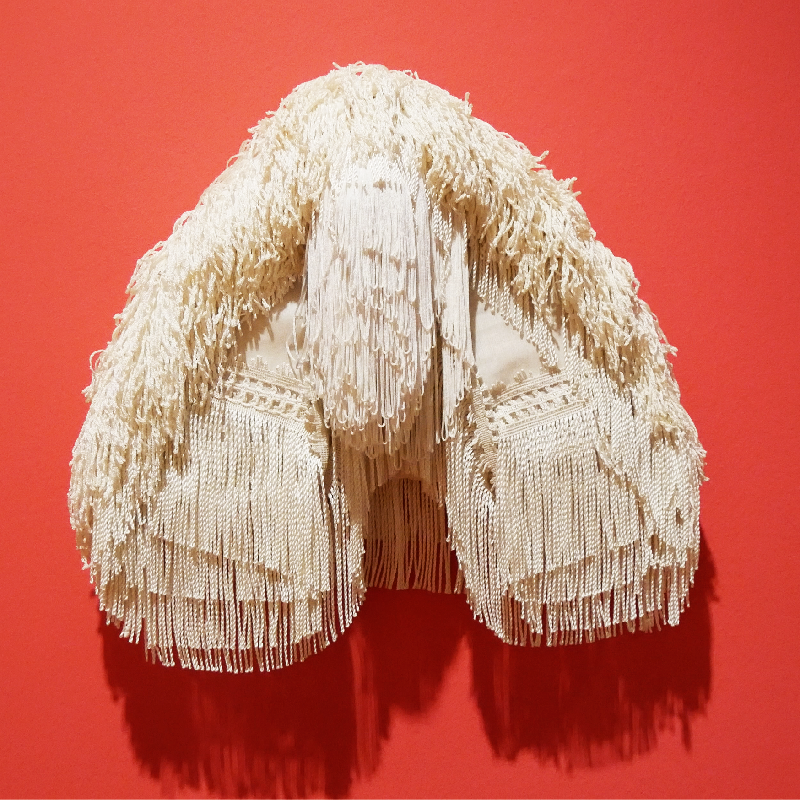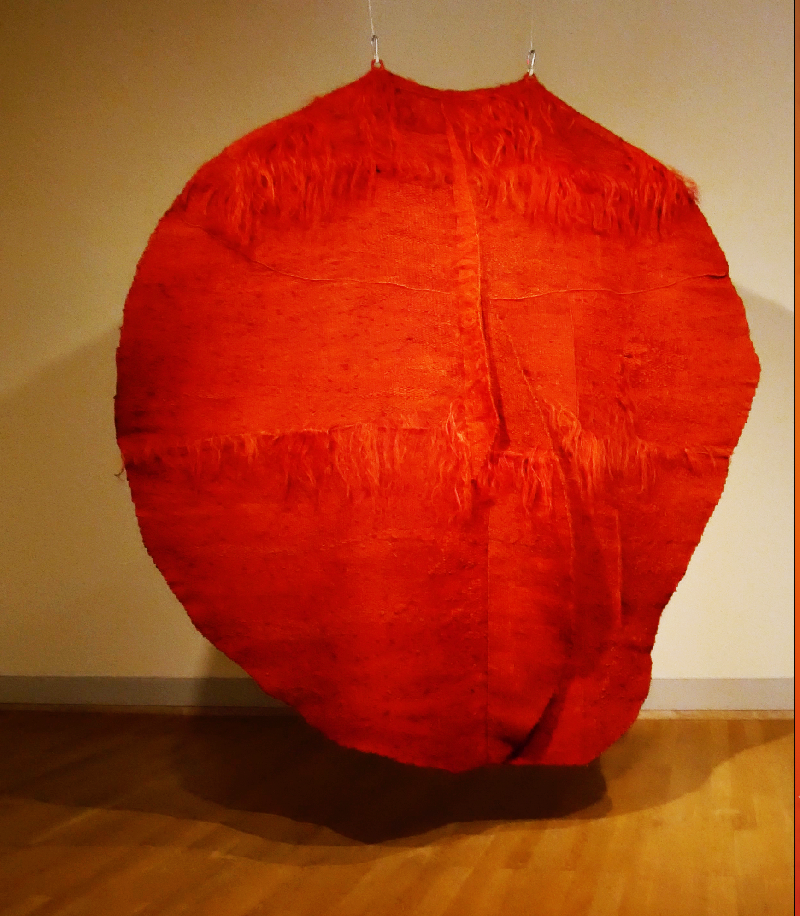
Kunst Stoff (Art Fabric). Textiles as Materials for Art, 16 September to 28 January 2024
This exhibition featuring many older icons of textile art emerged from a cooperative venture on sculpture run by two art galleries, Kunsthalle Vogelmann in Heilbronn (where the exhibition was shown first) and Kunsthalle Emden. Two curators, Barbara Martin and Kristin Schrader, wanted to study textile sculptures, not least because material-based art has recently attracted more attention. The two curators did some solid research and were surprised to find that there were few systematic studies on this art form; they write that this may be due to the division into applied and fine art. They begin with Gottfried Semper, for whom textile art was the basic art form; they mention Bauhaus and the Fibre Art movement of the 1960s and 1970s; and they are also aware of more contemporary textile art. The curators noted that textile art made an appearance at documenta13 (2012) and documenta14 (2017) ( https://www.textile-forum-blog.org/2017/06/documenta-2017-in-kassel/), but do not mention the 2017 Venice Biennial where a large part of the exhibition, curated by Christine Macel, was textile-related (https://www.textile-forum-blog.org/2017/06/biennale-arte-2017-in-venice/). They were also aware of the many exhibitions relating to textile art (as I see it, beginning in 2014 in Continental Europe). Why, then, does it feel as if this exhibition is coming at least a decade too late, if not longer?
This is another case where a couple of fine art curators take a look at textile art and make up their minds about it as if discovering something totally new. The same applied to the 2017 exhibition “Thread and Making” at the Turner Contemporary in Margate, UK; its curators were looking for “forgotten artists”, only to find that they were all women working with textiles (https://www.textile-forum-blog.org/2017/05/entangled-threads-and-making/).
Likewise, the curators of the really well researched exhibition “Art & Textile” held at Kunstmuseum Wolfsburg in 2014 wanted their work to be perceived as an exploration of the meaning of textiles as well as a ‘re-reading’ of the history of modern art; however, they were unaware of the extensive knowledge that exists on textiles, although it is not found in regular publications on art history. Textiles were are usually considered a craft, women’s stuff and female domestic work, so why should writers on this craft be seen as important sources of information? (https://www.textile-forum-blog.org/2013/12/art-textiles/)
If one compares the current Emden exhibition to those in Wolfsburg and Margate, it seems like a provincial attempt to do more or less the same thing as these two museums.
But what is rather disappointing for textile experts may still serve the general public. It is really nice to see iconic textile art pieces, like those of Magdalena Abakanowicz, Lenore Tawney, Sonia Delaunay, Sheila Hicks and others, juxtaposed with work by younger contemporary artists who use textiles. I particularly liked the jacquard-woven work by Vincent Vulsma from the Netherlands and the creativity displayed in the work of Anna Eisermann, a Ukrainian artist living in Germany.
There were a few notes on the curating; the lighting was poorly done, with too little light to see the works completely (for instance, the back of the beautiful red Abakan that you need to walk around was not lighted!); the captions were not placed next to the works, and lacked any precise indication which work they described; moreover, there should have been English captions for foreign visitors (some Dutch people were present during our visit).
Nevertheless, seeing so many iconic pieces next to recent textile work by younger artists was still well worth the long train ride to Emden.
